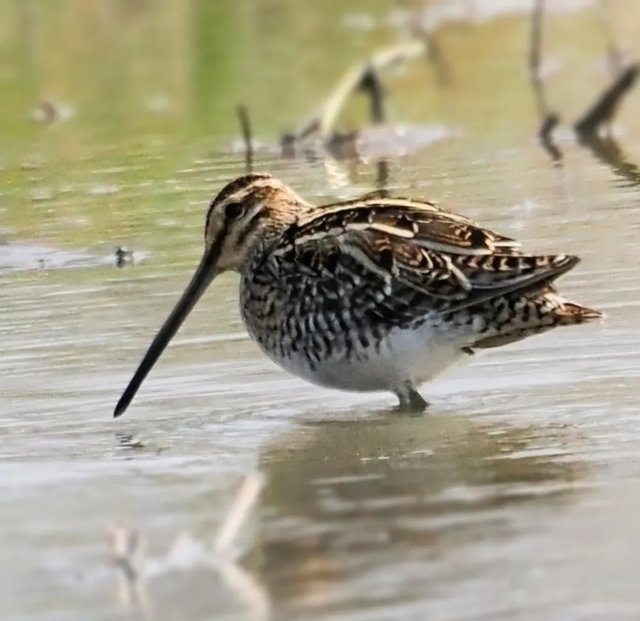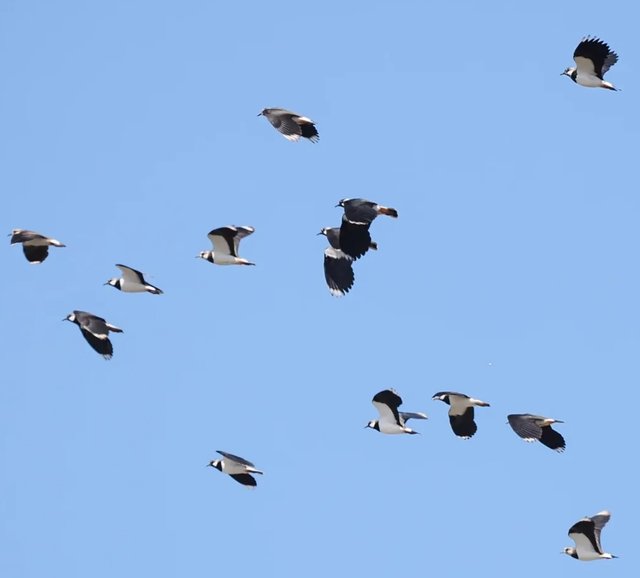So Cute Wilson's Snipe Bird
Wilson’s Snipe: The Elusive Acrobat of the Wetlands
In the hush of a spring morning, if you listen closely over a quiet marsh or wet meadow, you might hear a haunting, tremulous sound—like the bleating of a ghostly goat. It’s not a supernatural occurrence, but rather the unmistakable winnowing of a bird many people have heard of but few have truly seen: the Wilson’s Snipe.
A Master of Camouflage
Wilson’s Snipe is a small, stocky shorebird that thrives in North America’s wet and muddy habitats. With its intricately patterned plumage—mottled brown, buff, and black—it blends seamlessly into the grasses and reeds of its environment. This cryptic coloration, combined with its secretive behavior, makes the snipe notoriously difficult to spot even when it's right in front of you. When approached, it often waits until the last second before exploding into a rapid, zig-zagging flight, making it a challenge for predators—and birdwatchers—to follow.
A Remarkable Bill
One of the most distinctive features of the Wilson’s Snipe is its exceptionally long, straight bill, which can reach over 2.5 inches in length. But this isn’t just for show. The bill is an extraordinary tool adapted for probing into soft mud for invertebrates. Its flexible tip, called a prehensile bill, can open slightly at the end even while the rest of the bill remains closed, allowing the snipe to grasp worms, insect larvae, and other tiny prey items deep underground—without losing grip.
Inside the bill are highly sensitive nerve endings, giving the bird the ability to detect subtle movements and vibrations. This allows it to forage by touch even in murky conditions, an essential adaptation for its often-dim, muddy habitats.
Elusive Sounds: The Winnow
While the Wilson’s Snipe does produce a sharp call when flushed, its most iconic vocalization is non-vocal at all. During breeding season, males perform dramatic aerial displays at dawn and dusk, spiraling and diving through the air. As they dive, air rushes through their specially modified outer tail feathers, creating a haunting, quavering sound known as a winnow. This sound serves both to attract females and to mark territory.




Thanks For Reading
Device Information
| Device | cannon eos 700D |
|---|---|
| Lens | 55-250 zoom leans |
| Location | Bangladesh |
